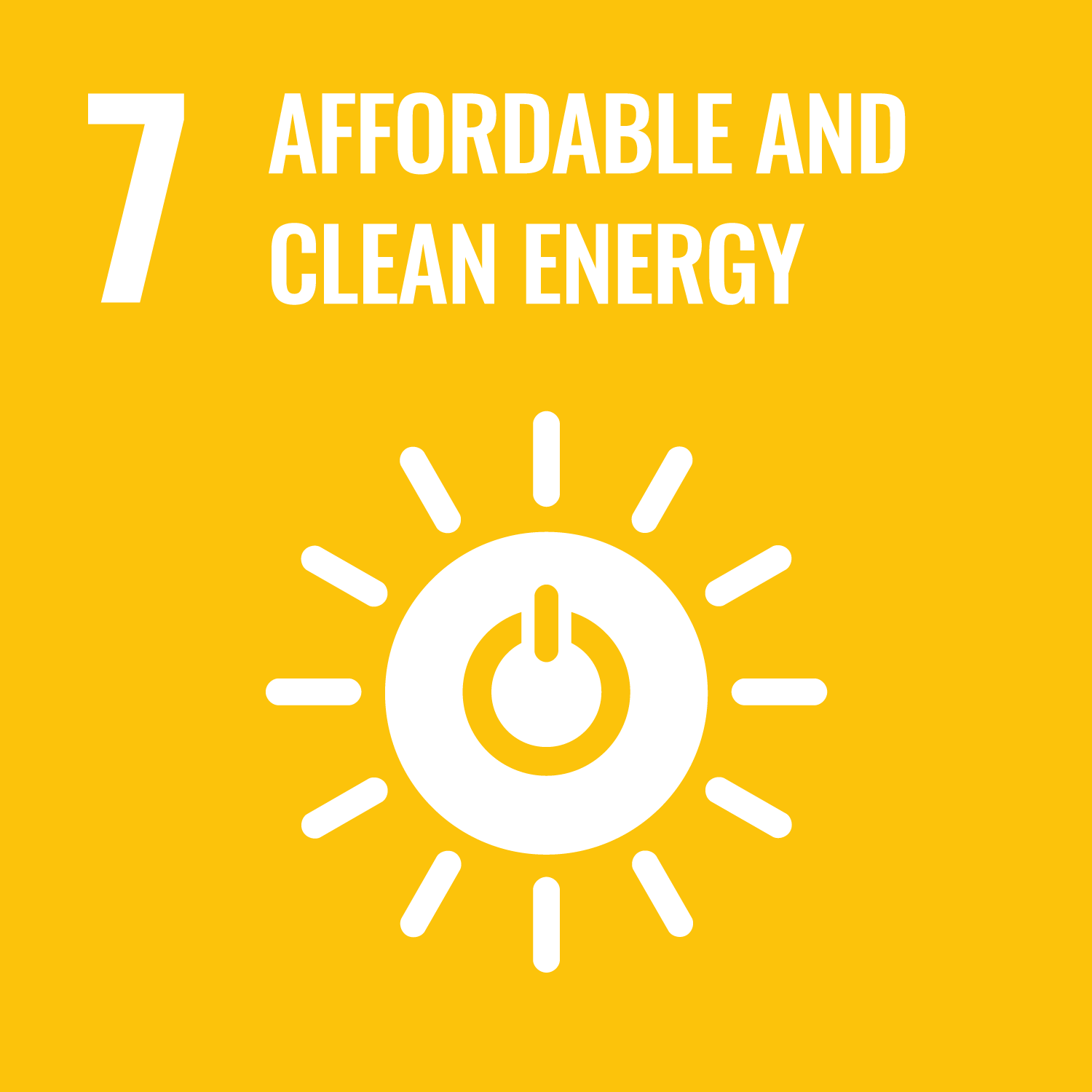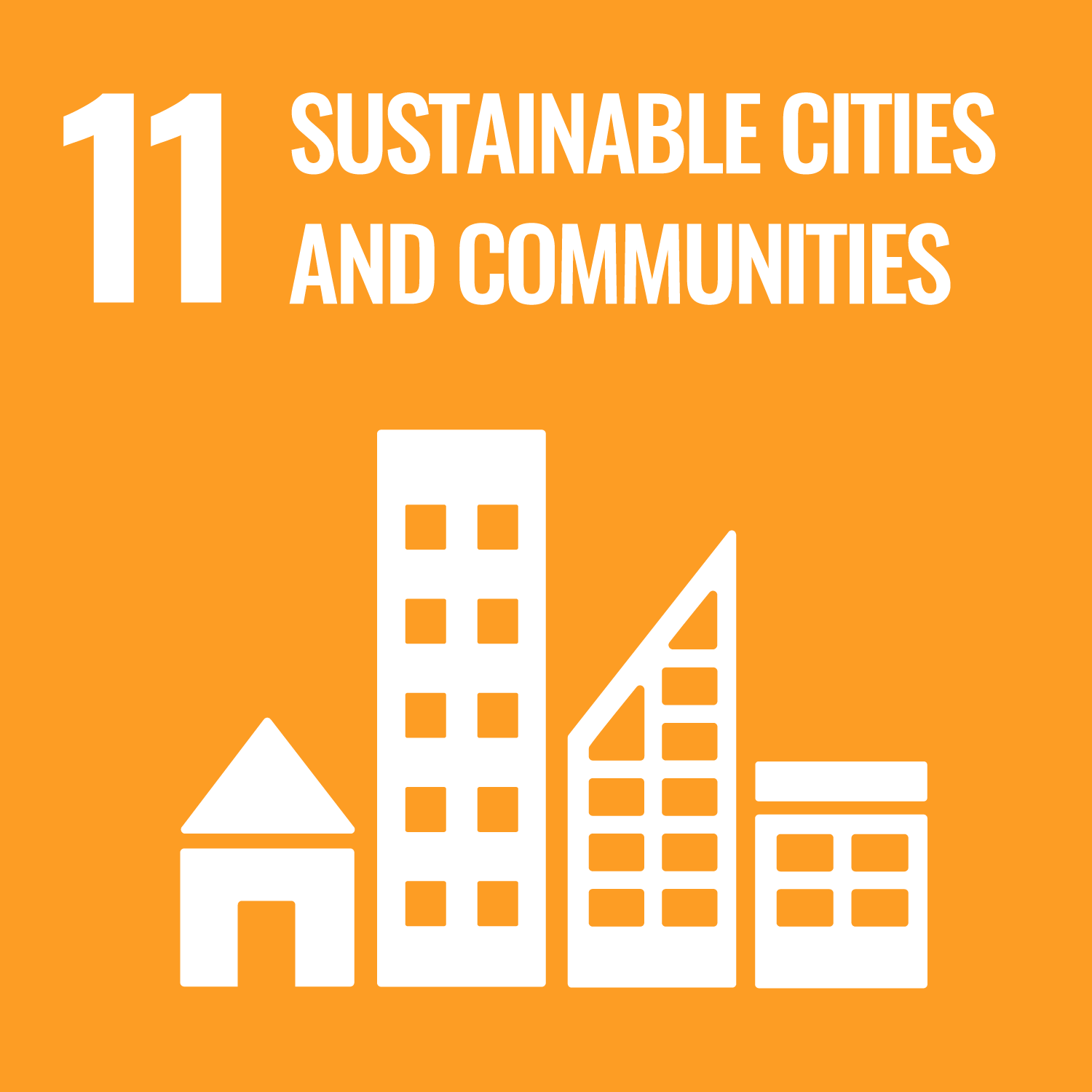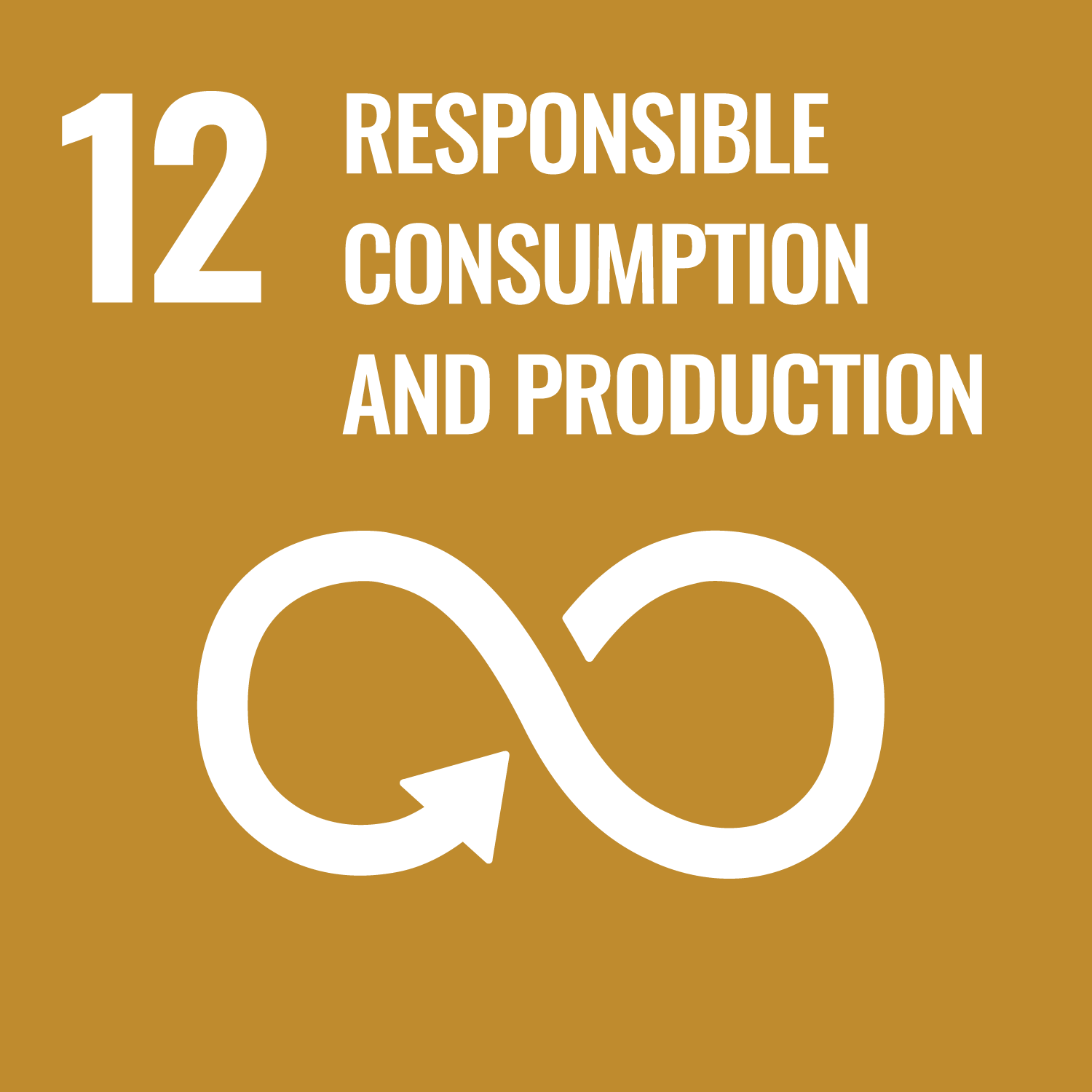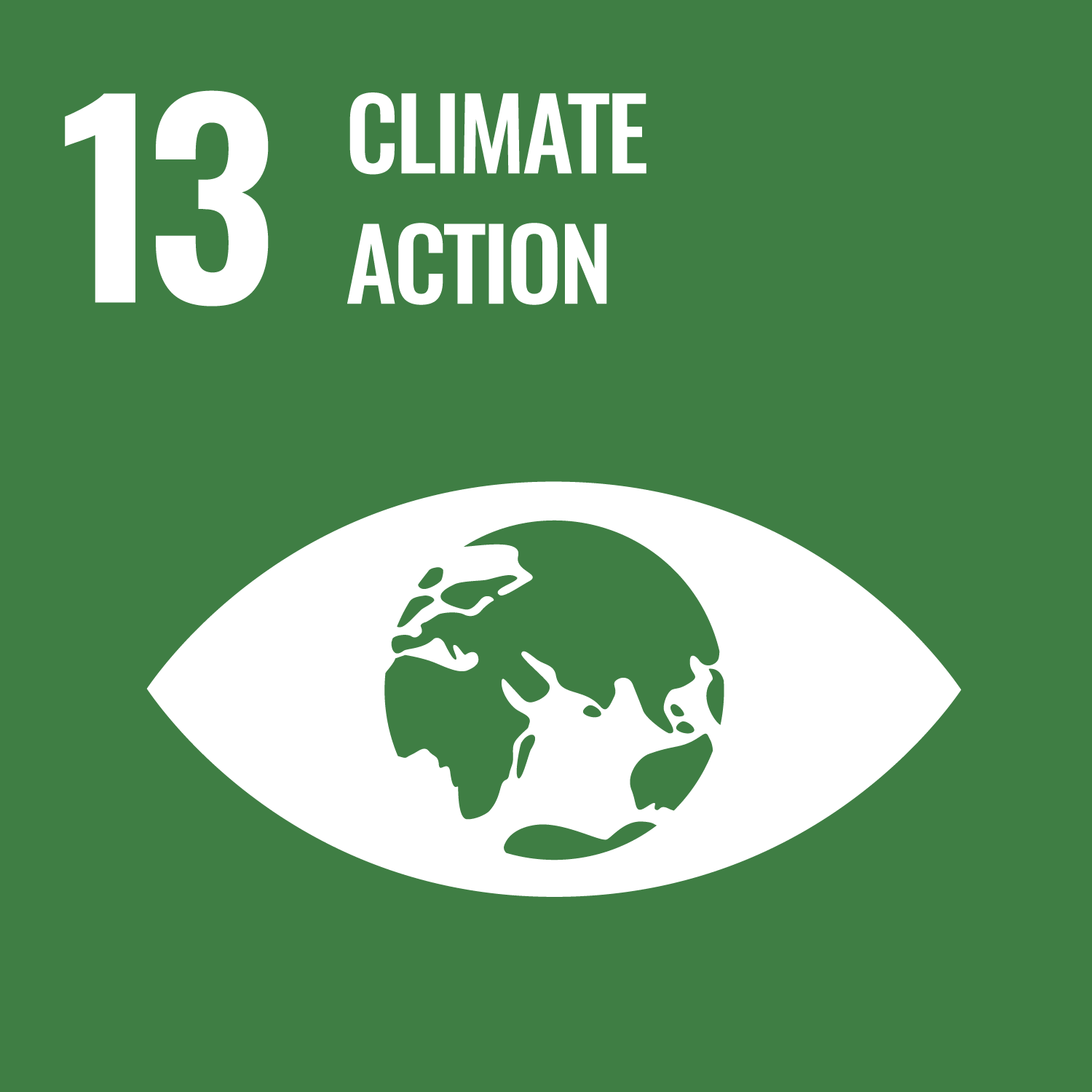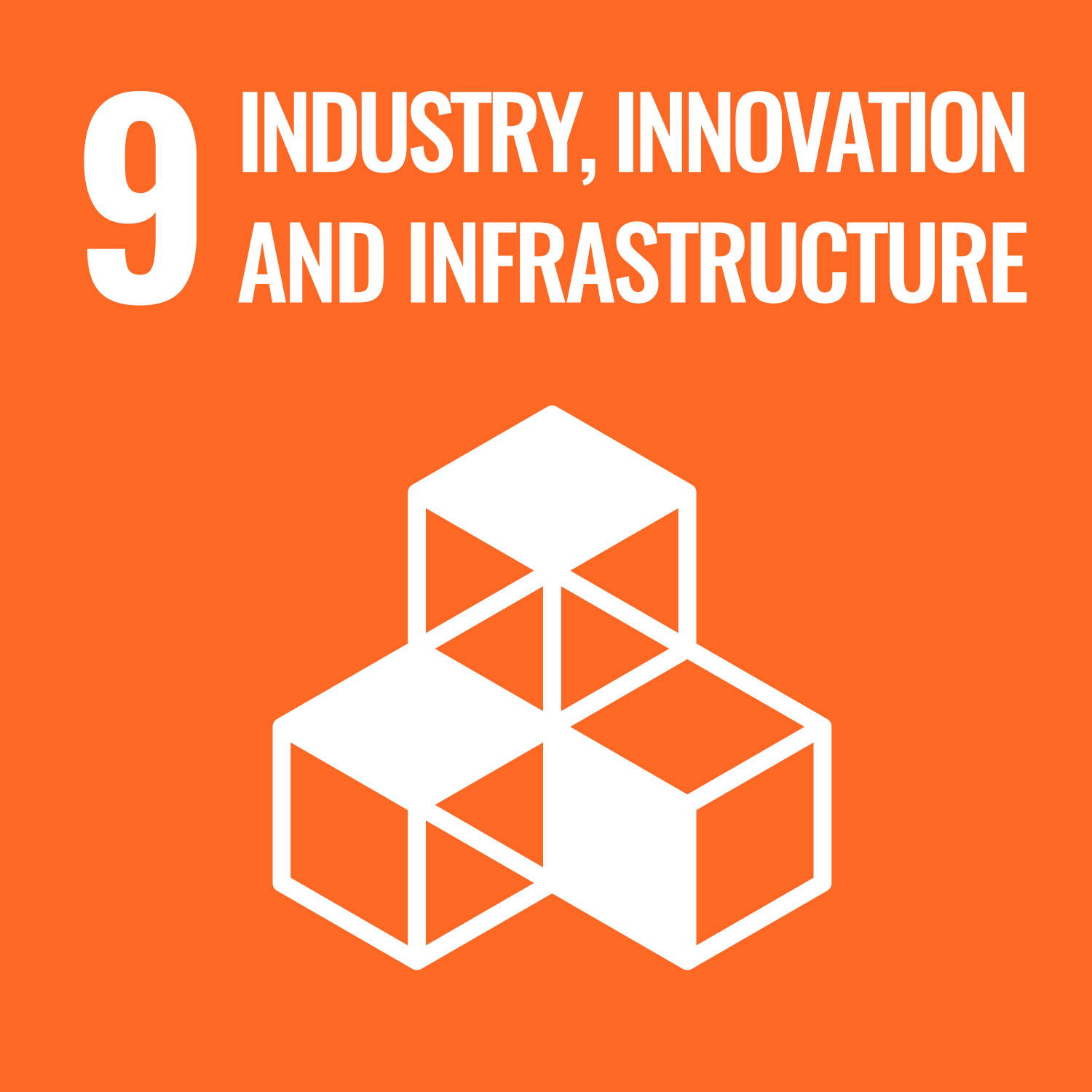LCS-FY2020-PP-17
Economic and Technological Evaluation for Zero Carbon Electric Power System Considering System Stability (Vol. 2):
Scenario Analysis for the Development of Zero Carbon Electric Power System in 2050
Summary
Towards the bright and affluent zero-carbon society in 2050, low and zero-carbon (ZC) power supply configurations that will supply economical electricity in 2030 and 2050 were examined in this proposal by means of a power supply configuration model calculation method based on quantitative technology scenarios.
In addition, the economic impacts brought by capital investment from now to 2050 for ZC power were estimated through scenario analysis. Regarding economic efficiency, the model analysis results suggested that the power supply below the current electricity cost level (about 14 JPY/kWh excluding electricity transmission cost) can be achieved at a maximum of about 1,700 TWh/y of electricity demand (in the case of a 50% reduction in CO2 from power generation fuel compared to 2013) and at a maximum of about 1,400 TWh/y (70% reduction). Furthermore, it was clarified that in 2050, even with an electricity demand of 1,600 TWh/y, the ZC power supply configuration could be economically constructed (about 17 JPY/kWh including electricity transmission. This cost excludes treatment cost of 23 Mt/y CO2 emission associated with facility construction). The capital investment associated with the new construction of a photovoltaic (PV) system, wind power system, and secondary battery system was quantified through the scenario analysis, indicating the expansion of their market scale. Based on these outcomes, it is proposed to promote the developments of PV and wind power industries, and the establishment of more efficient new secondary battery technologies as a policy in order to achieve ZC power.
All Pages
Related Proposal Papers
- Economic and Technological Evaluation for Zero Carbon Electric Power System Considering System Stability (Vol. 1): Technological Development Issues for Reliable and Affordable Zero Carbon Power Supply
- Economic Evaluation for Low Carbon Electric Power System Considering System Stability (Vol. 3): Technological Development Issues of Low Carbon Electric Power Systems in 2050
- Wind Power Generation Systems (Vol. 2): Economic Evaluation for Future Wind Power Generation Systems Which Are Adapted to Japan Considering Large Scale Installation and Related Technological Development Issues
- Geothermal Power (Vol. 3): Energy of Hydraulic Fracturing for Hot Dry Rock System and Potential Power
- Turbine System driven by Direct Combustion of Rich Ammonia (Vol. 2):
- Potential Capacity and Cost of Pumped-Storage Power in Japan (Vol. 2)
- An Analysis on Utilizing SOFC to Provide Reserve Capability for Power Systems
- Cost Evaluation of Direct Air Capture (DAC) Process of Carbon Dioxide

